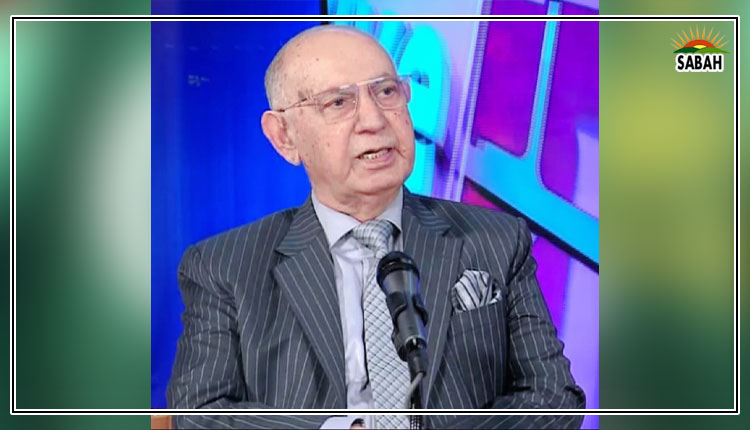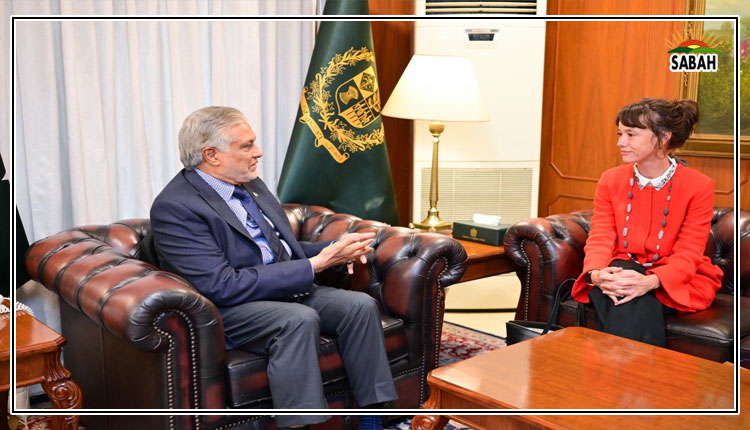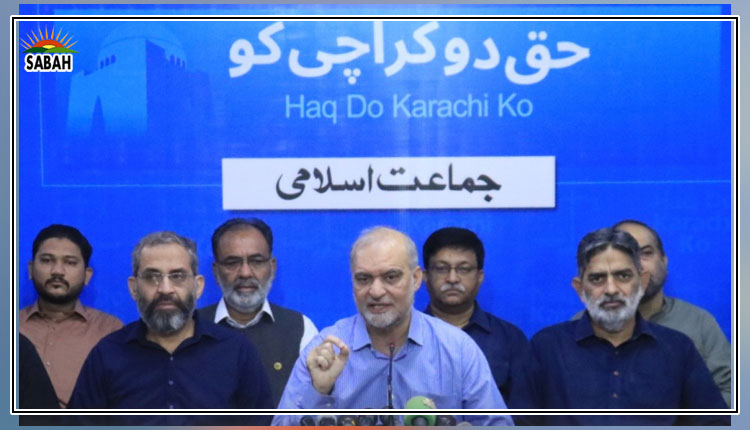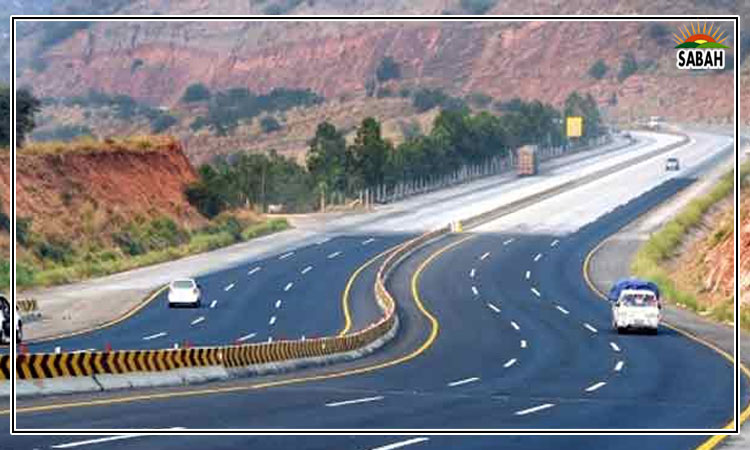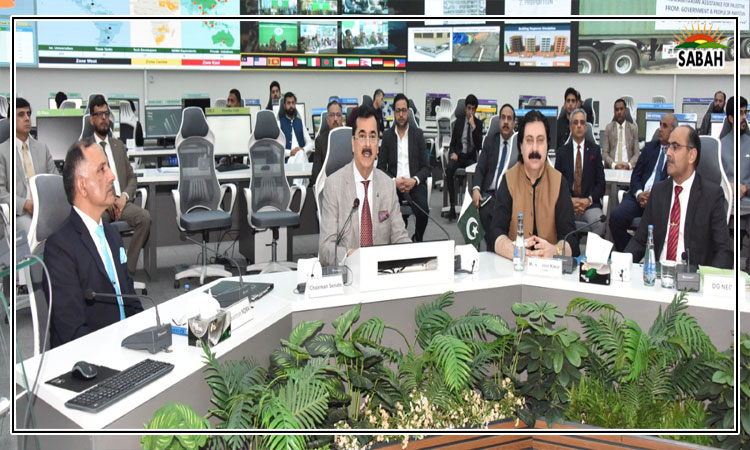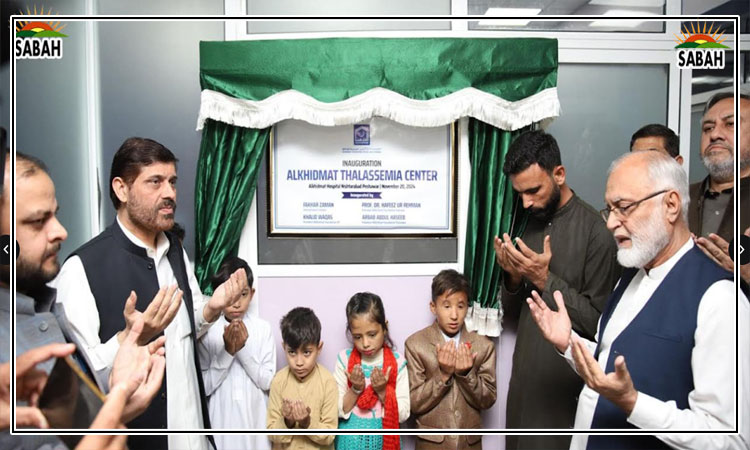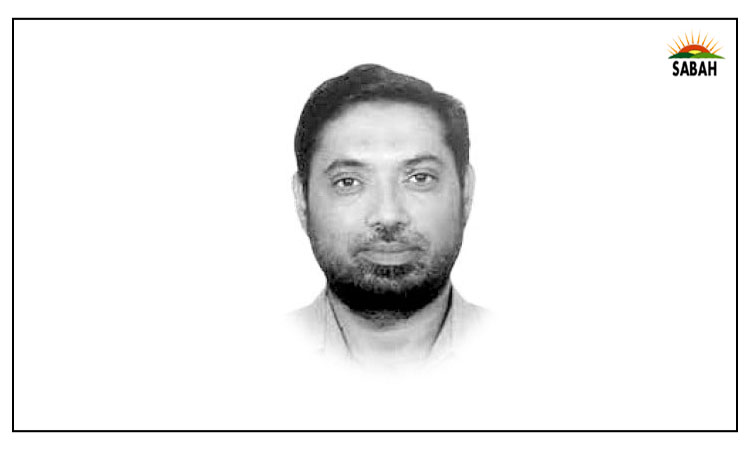From rebellion to resilience: Pakistani women’s journey …. Mansoor Raza
Interviews with young girls of low and middle income groups and discussions with social scientists reveal that the conflict between market-driven aspirations and the traditional patriarchy is brewing a silent revolution in the female populace of Pakistani society. The increasingly high educational achievement, the economic pressure and the upward shift in marriageable age compel the young girls who are burgeoning under patriarchy, constrained by cultural expectations, societal pressures and familial norms to rebel in ways that are both destructive and empowering. Those walking-alone lone wolves are strong, brave and relatively free and are proud of who they are. Let’s explore the tumultuous journey of Pakistani women as they navigate rebellion, substance abuse, skill acquisition and the cyclical nature of poverty.
In low income and middle income households, the father is often the patriarch, whose word is final. For many young women, this can mean living under a constant vigil, strict control and with little room for expression of personal desires and personal growth.
“I know he loves me but he is suffocating me through his constant vigil. His care comes with control and I feel that I am living with a CCTV camera,” says Muneeza, an 18-year-old girl from a middle income locality of Karachi.
The conflicting dreams of the father and the daughter resulted in the latter taking solace in drugs in in peer groups and those activities that provide a sense of freedom — an epitome of false consciousness.
“It started with just rolling of the cigarette for my colleague, but soon, it became my way of coping with everything wrong in my life,” said Areeba, who teaches at a high-end school of Karachi.
According to the reports appearing in the media in the year 2018, at least 53 per cent of the addicted women are educated; a majority of female addicts belong to educated metropolitan communities; and 43 per cent of the addicted women are married.
However, the response of girls who belong to low income groups is different to poverty and patriarchy; and amidst this turmoil, there is a beacon of hope. To break free from the shackles of poverty and patriarchy, many girls from low income groups are turning to skills’ acquisition through programmes offered by vocational training centres and civil society organisations in trades such as tailoring, IT and healthcare.
“I am here with difficulty. I have to brave my father’s and brother’s opposition but my mother took a stand for me. And now I am here to learn computer basics,” said Alizeh, a 19-year-old from Gadap Town, Karachi.
Kabeera, another girl from a low income neighborhood, is doing all types of computer courses, including AI. “My father is a labourer and he gives me Rs60 daily as pocket money. I only eat two times a day. I eat one roti in my breakfast and another one in my lunch,” said the ever-smiling Kabeera.
Yet, this newfound empowerment is not without its pitfalls. Often, the initial success leads to overconsumption, driven by a desire to compensate for years of deprivation.
“I started spending more than I earned,” admits Mehvish, who found herself back in debt despite her successful small business. This overconsumption traps many women back into the cycle of poverty.
The journey of Pakistani women from rebellion to resilience is fraught with challenges, yet it is a testament to their strength and determination. By addressing the root causes of their rebellion and providing comprehensive support systems, the state can help them break free from the cycle of poverty. As one look towards a future where these women can thrive, it is imperative that the state support initiatives that empower them sustainably, ensuring that their lives are not just improved but transformed. If the state does it, we will see a better Pakistan tomorrow.
Courtesy Express Tribune



